Please join us for a Seattle Ocean Science & Technology Happy Hour alongside BioSonics, Marine Technology Society, and Sequoia Scientific on Wednesday, November 29th.


Please join us for a Seattle Ocean Science & Technology Happy Hour alongside BioSonics, Marine Technology Society, and Sequoia Scientific on Wednesday, November 29th.
Please join us for a Seattle Ocean Science & Technology Happy Hour alongside BioSonics, Marine Technology Society, and Sequoia Scientific on Wednesday, November 29th.
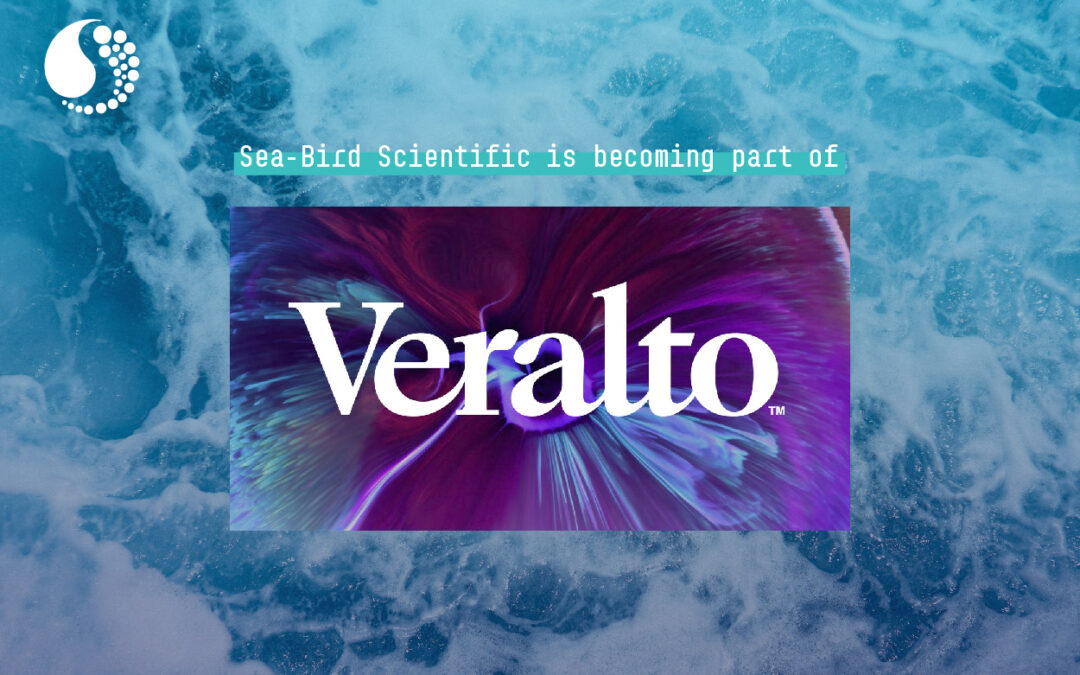
We are excited to announce that Sea-Bird Scientific will soon be part of Veralto in Q4 of this year.
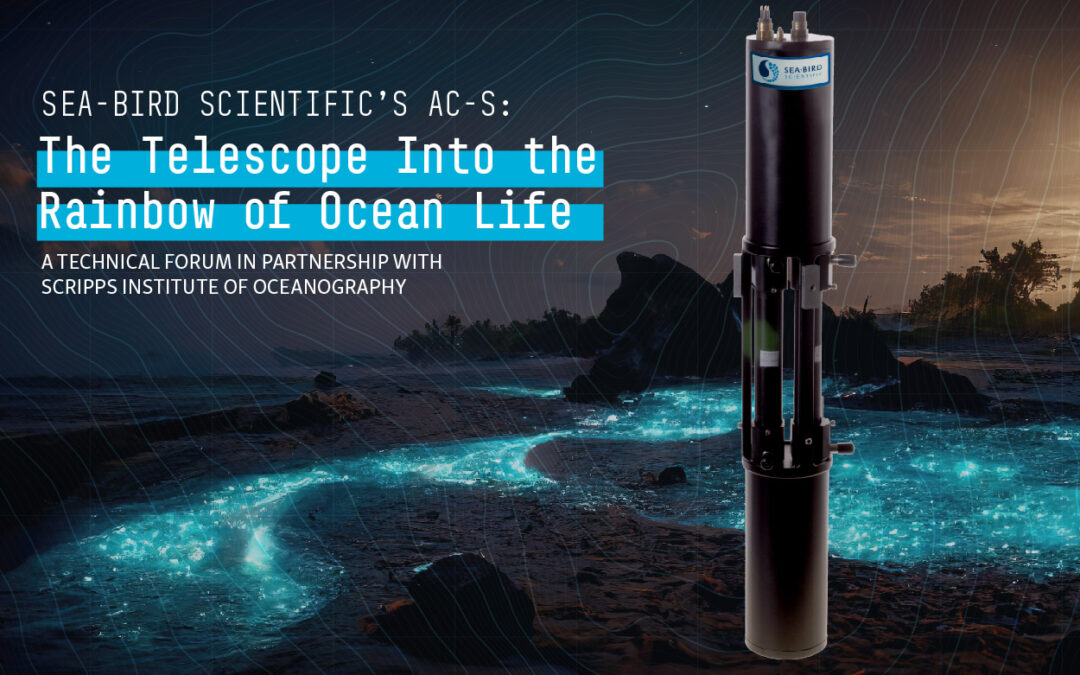
We were excited to partner with the Scripps institute of Oceanography to facilitate a Technical Forum on the Scripps Institute campus on Thursday, April 6.
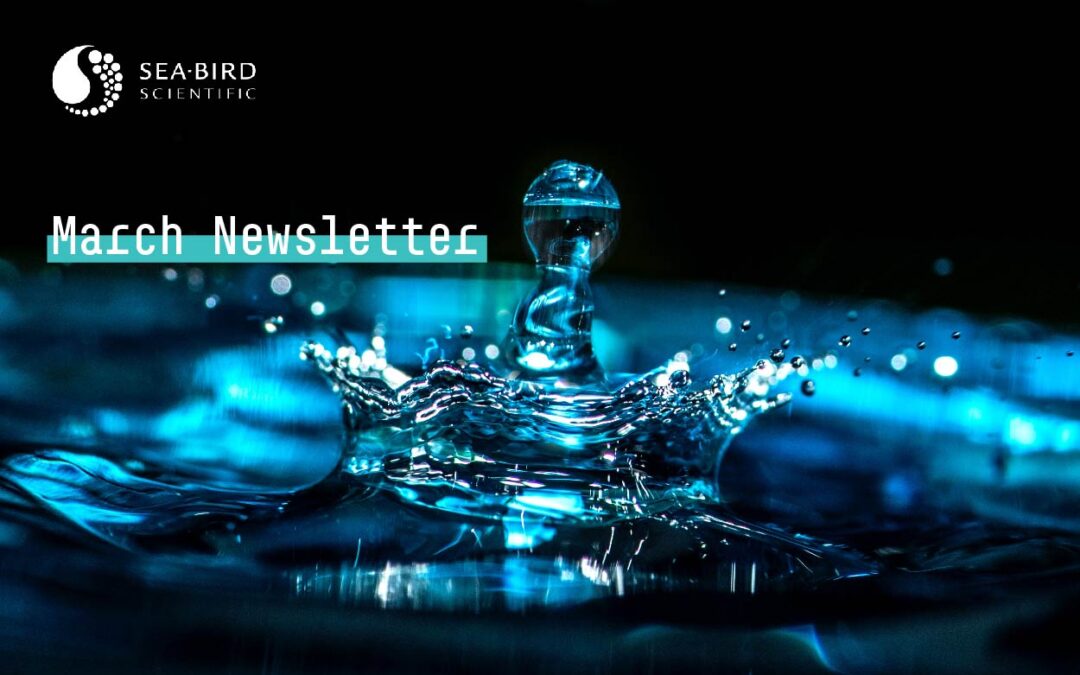
Employee features, the latest in ocean news, and more. Check out Sea-Bird Scientific’s March 2023 newsletter.
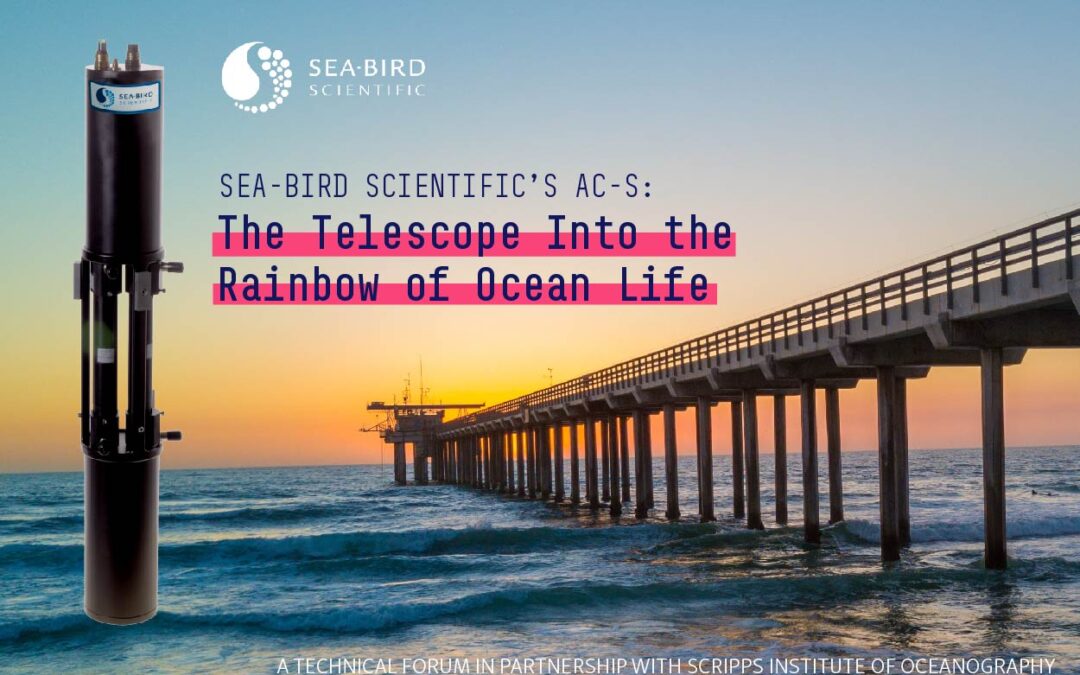
We are excited to partner with the Scripps institute of Oceanography to facilitate a Technical Forum on the Scripps Institute campus on Thursday, April 6.
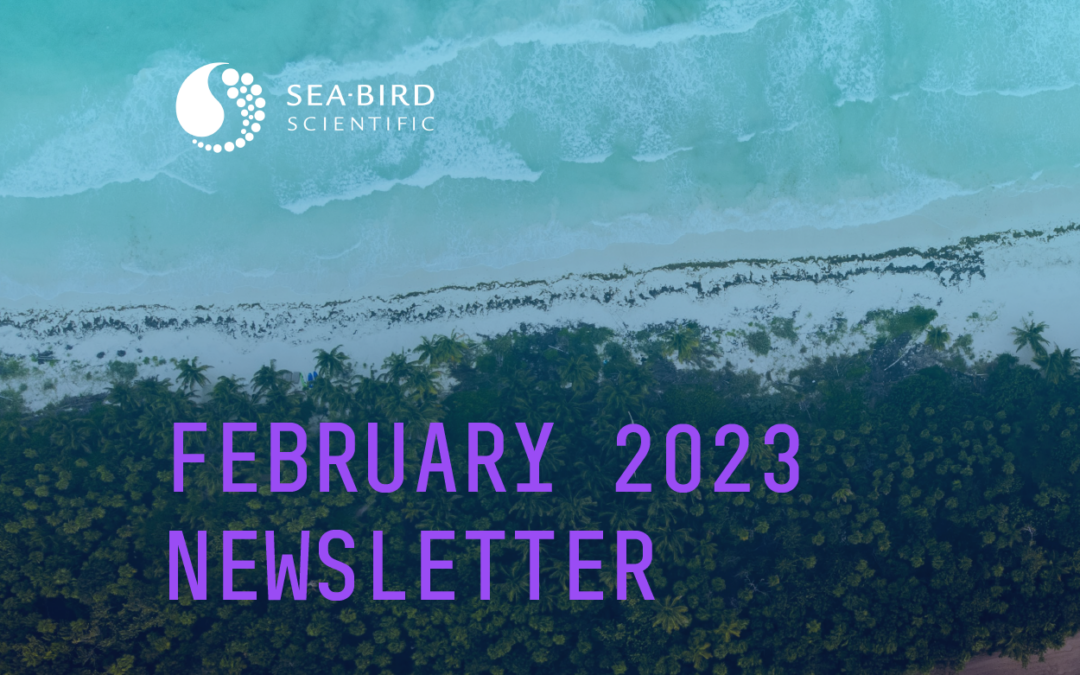
Employee features, the latest in ocean news, and more. Check out Sea-Bird Scientific’s February 2023 newsletter.
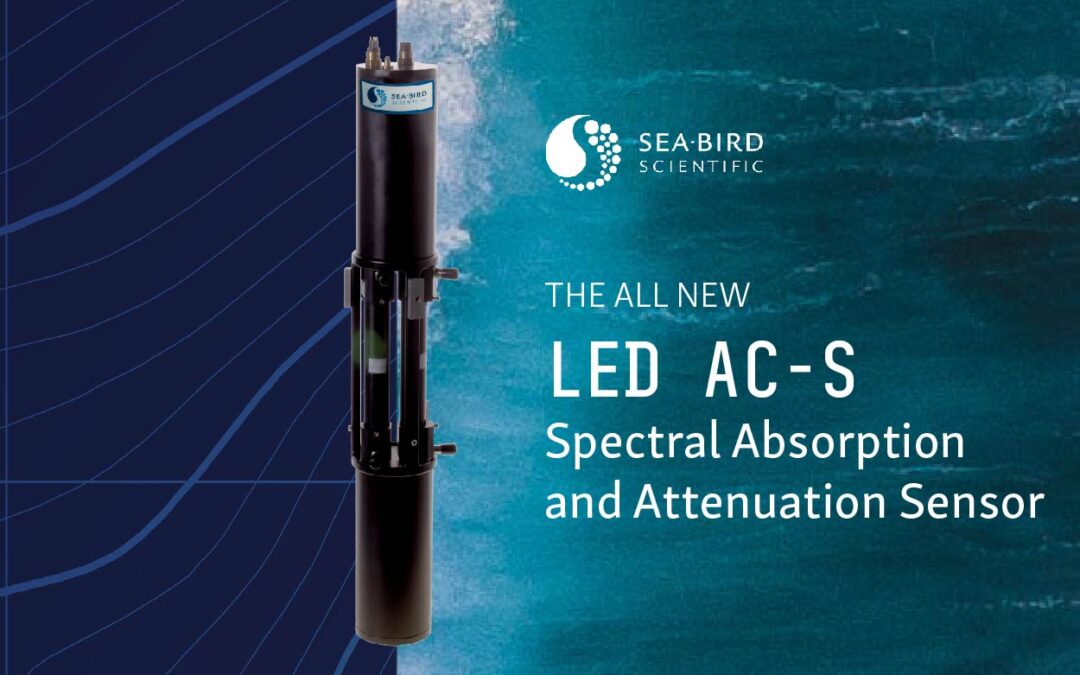
The AC-S provides in-situ optical data of beam transmission and absorption over a minimum of 75 wavelengths in real-time.
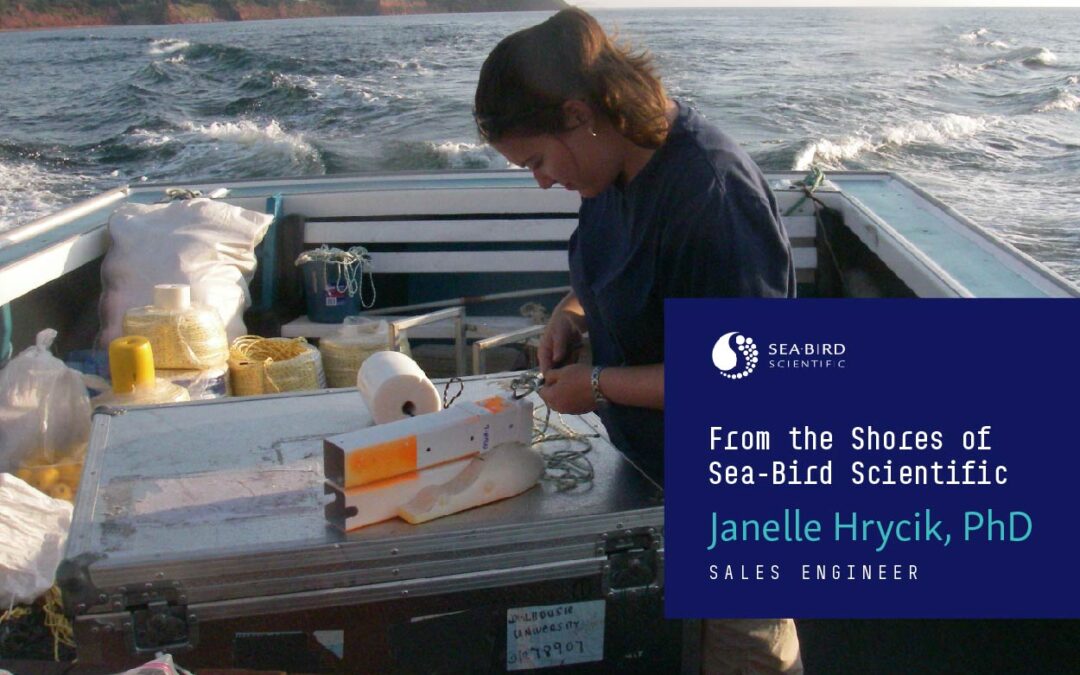
From the Shores of Sea-Bird Scientific, we’re bringing you Janelle Hrycik, PhD, Sales Engineer and her journey through ocean science.
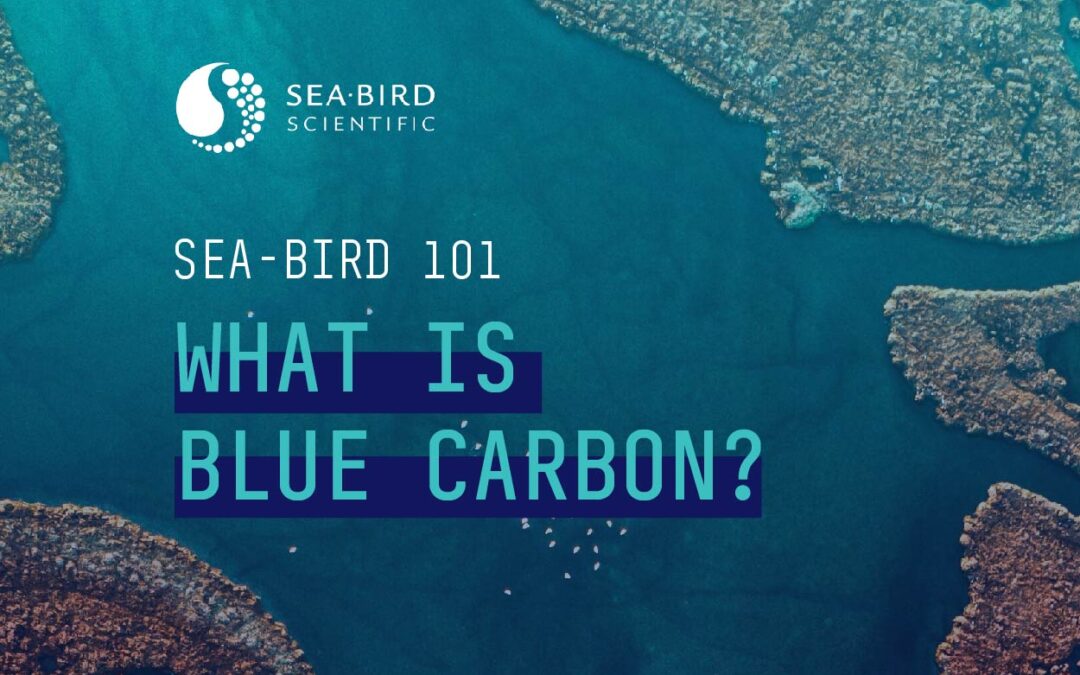
Learn about Blue Carbon, and how it relates to ocean science in this latest edition of Sea-Bird 101.
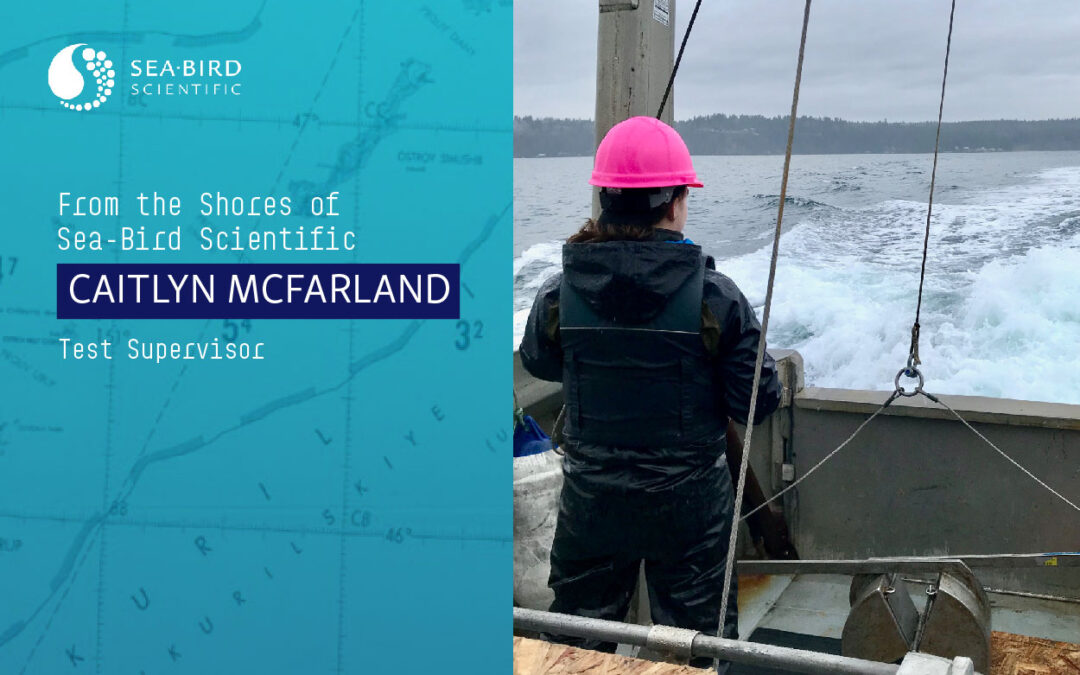
From the Shores of Sea-Bird Scientific, we’re bringing you Caitlyn McFarland, Test Supervisor, as our February employee feature of the month.
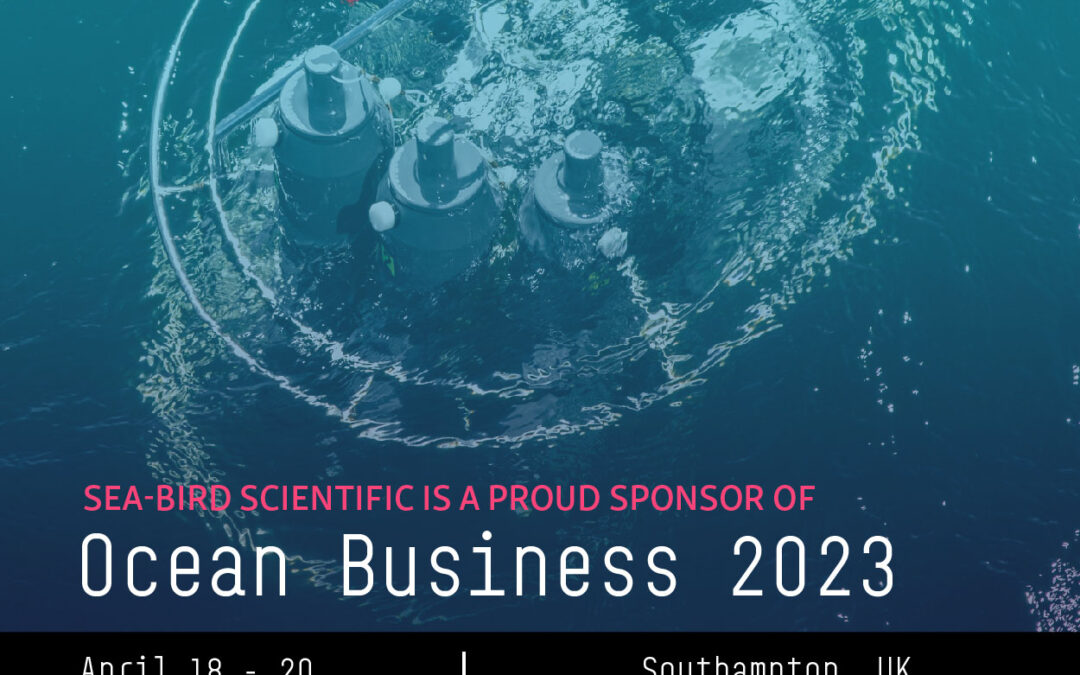
Sea-Bird Scientific is proud to sponsor the upcoming Ocean Business Conference in Southampton, UK from April 18 – 20, 2023.
Welcome to the Sea-Bird Swell – our monthly newsletter that gives you the latest on what’s happening at Sea-Bird Scientific and the broader oceanographic community. Introducing Our New Software: Fathom Earlier this month, we released our new SBS Fathom software! Our...
Our Moored pH Ocean Monitoring Systems Ocean pH plays a critical role in the health of the global ocean due to the short timescales relevant to biological activity. With recent studies highlighting the impacts of acidification on the carbon cycle as well as on coral,...
Sea-Bird Scientific is thrilled to release the newest innovation in software: Fathom. Fathom: Exploring the depths of your data. Sea-Bird Scientific’s Fathom software makes working with your instruments transparent and simple. View instrument status and diagnostics,...